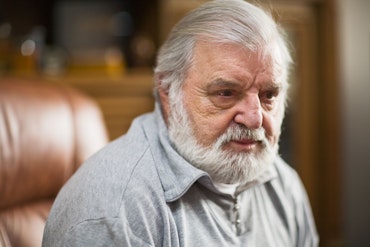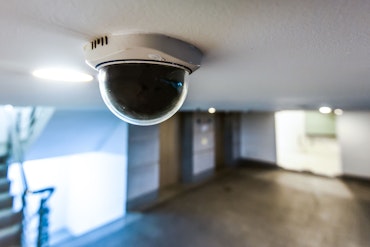Innovative technology brings the future to aged care
New standards are being set with the introduction of laser beams and robots to support resident safety and wellbeing at a new aged care facility in Sydney’s west.

Paro the robotic seal is just one of the ‘innovative’ technologies used at the new RSL LifeCare facility (Source: Shutterstock)
The RSL LifeCare John Edmondson VC Gardens centre was officially opened on 30 October by Minister for Aged Care Ken Wyatt who says the innovations will help empower residents and staff.
“Technology will never replace the dedication and service of trusted care and health professionals but it can support them to provide even better and more efficient care,” the Minister says.
“I would encourage the consideration of useful innovations like these across our aged care sector.”
Among the technology included is PARO the robotic seal who will act as a ‘carebot’ to comfort, entertain and marvel residents, and sensored laser beams in resident rooms to time and track residents movements from the bed to the bathroom to notify staff of a possible fall if a resident doesn’t reach the trigger in time or at all.
The new facility is also equipped with a specialised dementia unit, staffed by registered nurses with training in managing dementia and challenging behaviours, where the technology will be playing a major role in care.
General Manager of RSL LifeCare’s Sydney facilities, Luke Young, says the technology is there to increase dignity and privacy among residents.
“We encourage our residents to maintain independence where possible, with staff available should they be needed,” he says.
“Technology plays a role in maintaining independence at our facility and for the comfort and safety of all residents we have specially designed unit for residents with dementia and who exhibit behaviours in consequence of the disease.
“We find a lot of residents suffering from dementia may have lost some or all of their cognitive function however, their mobility might be good.
“Previous technology notified staff when a resident was out of bed and potentially at risk of falling.
“Staff would attend to the resident based on the notification they were out of bed, whether their presence was required or not.
“Our facility has taken the system a step further [with technology] which monitors the resident once out of bed allowing predetermined times for the resident to move to the bathroom.
“Once the resident moves from the bathroom and back to the bed, the system resets and no notification is made to the staff.
“However if a resident was not to make it to the bathroom in the predetermined times, the system would notify staff who will check on the resident.”
Mr Young says the system has reduced behaviour of residents who can become irritated when staff arrive to assist without need, adding that the technology has allowed patient monitoring without the need to intrude.
When it comes to the use of the robotic seal, Mr Young says the carebot is used as an adjunct to nursing, especially at times of day where residents might be at a greater risk of agitation and falls, such as the end of the day.
“The end of the day, from 4-7pm, can be exhausting and confusing for residents,” he explains.
“For nurses it’s ’peak-hour’ with residents to be seated for dinner, medications to be given and a lot of movement of residents from one place to another.
“The Sundowner Syndrome can be a factor at the end of the day, with residents experiencing a mental overload as a result of the accumulation of all that has taken place in the day.
“To be able to provide our residents with a safe, enjoyable experience at this time of day, such as a cuddle with a delightfully interactive robot, is a wonderful thing.
“For some it’s the technology that makes this seal so charming, for others it is the calming comfort of having a cuddle, or a welcome distraction and a talking point.
“But put simply, it’s a wonderful tool of diversional therapy.”











![The new Aged Care Act exposure draft is slated for release in December of 2023, but advocates hope to see it rolled out on January 1, 2024. [Source: Shutterstock]](https://agedcareguide-assets.imgix.net/news/articles/wp/agedcareact__0811.jpg?fm=pjpg&w=520&format=auto&q=65)












Comments